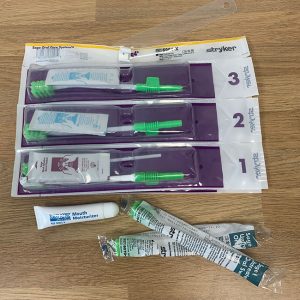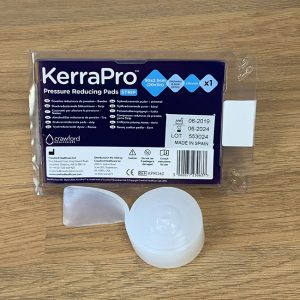Definitions of terminology used
VTE
- Expired tidal volume
- Amount of gas passing in and out of the lungs in one cycle
PEEP
- Positive end expiratory pressure
- Increases the surface area of the alveoli
PIP
- Peak inspiratory pressure
- The highest level of pressure applied to the lungs during inspiration
Flex
- Enhances patient comfort
- It will lower the pressure when the patient exhales and slowly increase the pressure on inspiration
Ramp
- Allows the machine to start at a lower pressure and then increases the pressure over a set time frame
- This allows the patient to get use to the mask at lower pressures first
Leak
- The amount of air escaping from the mask
- Should be less than 60 if possible
- Usually due to the fit/size of the mask
FiO2
- Fraction of inspired oxygen
- Amount of oxygen being delivered to the patient


